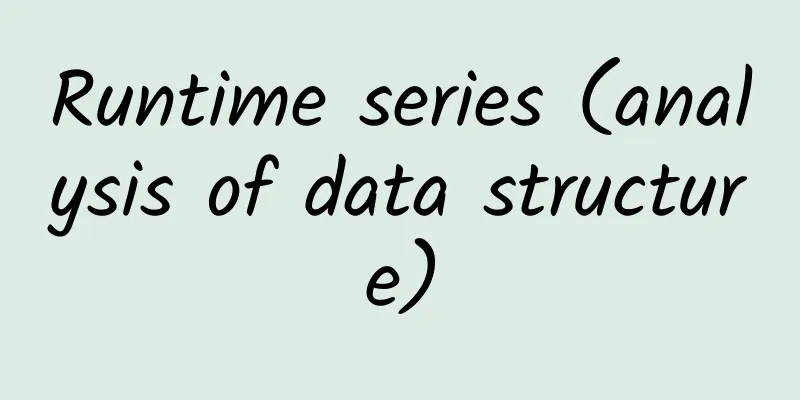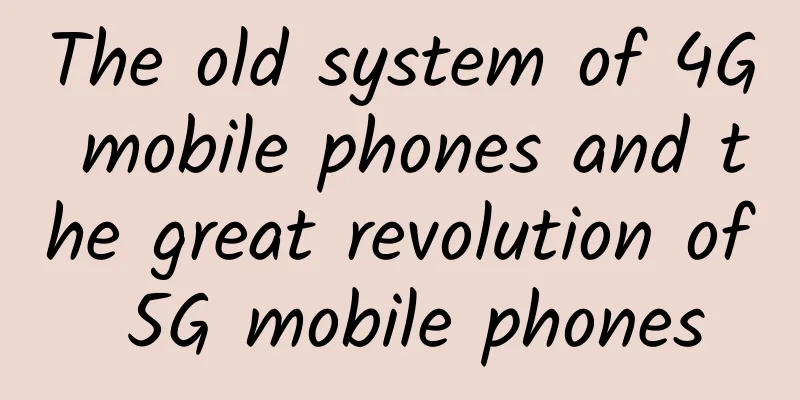Runtime series (analysis of data structure)

|
In the previous article, we talked about classes and metaclasses. We already know that the essence of a class is the structure objc_class. Next, let's see what objc_class is. objc_class.pngisa points to the metaclass, and super_class represents the parent class of the current class. We are already familiar with these two members and will not go into details here (see Class and Metaclass, Reference). name: class name
The names of the members of the structure are self-explanatory, so we will not explain them one by one. As you can see, ivars is actually a linked list that stores information related to member variables in a class.
See the self-nesting of the structure again, and you can see that methodLists is also a linked list, storing information about the methods in the class. Because it is a secondary pointer, the methods in the class can be modified dynamically, which is also the implementation principle of classification. Here we need to explain SEL and IMP:
Let’s look at the following example. - (void)helloWorld:(int)flag; - (void)helloWorld:(float)flag; In OC, this will result in an error message, and the error type is duplicate declaration. If you write: - (int)helloWorld:(int)flag; - (float)helloWorld:(float)flag; Even though the return values are different, they are still repeated declarations. Because their method names are the same, helloWorld:, these four methods correspond to the same SEL. Since the method names are the same, the IDs are the same. If two classes that are not in an inheritance relationship have methods with the same method name, how do we determine which class’s method to execute? id objc_msgSend(id self, SEL op, ...) [receiver message] There is also a receiver. Even if the ID is the same, different receivers will locate different methods, and methods with the same method name are not allowed to exist in each category, thus ensuring security.
Back to objc_class.
|
<<: Is the decline inevitable? With less than 1% market share, what happened to Microsoft WP?
>>: Real-time display of iOS UI code writing effect
Recommend
UK plans to publish confidential letter that convinced Nissan to stay
According to foreign media reports recently, Brit...
How to create a popular brand?
Back in 1911, if you had a typewriter company, ho...
Japan bans the sale of crayfish? Do foreigners really not know how to appreciate delicious food?
On June 1 this year, the amendment to the "A...
How to accurately obtain seed users?
This is a problem that every new brand will encou...
These stray dogs that were caught for experiments eventually saved countless diabetics
April 24th of each year is Laboratory Animal Day ...
Amazon asked employees to delete TikTok and then withdrew it, was it a slip of the hand?
Last Friday local time, the New York Times report...
It’s the “battery anxiety” again! How long can a mobile phone last with 1% battery?
In modern society Mobile phones have become part ...
4 people died! A fire broke out late at night. What should you do if you are sleeping soundly?
Early morning of April 16 Zhengding County, Shiji...
Hot marketing promotion calendar for the second half of 2019!
After a busy June The second half of 2019 Also ca...
How to build a WeChat public account for merchant services?
This article introduces in detail the process of ...
Yahoo's closure should serve as a wake-up call for its Chinese peers
The Yangtze River rolls eastward, and its waves w...
Why are nutritious goose eggs not often eaten and rarely sold?
Goose eggs, as a nutritious egg, rarely appear on...
How did Fuyuan become the "Cranberry Capital of the East" without telling the whole country?
When the sweet tangerines and mandarin oranges fr...
Inventory | 8 mainstream monetization paths for Internet self-media people!
In the era of self-media, people are no longer si...
With the support of AI, Baidu Smart Input makes communication more vivid and work more efficient
From computers to mobile phones, no matter how th...









